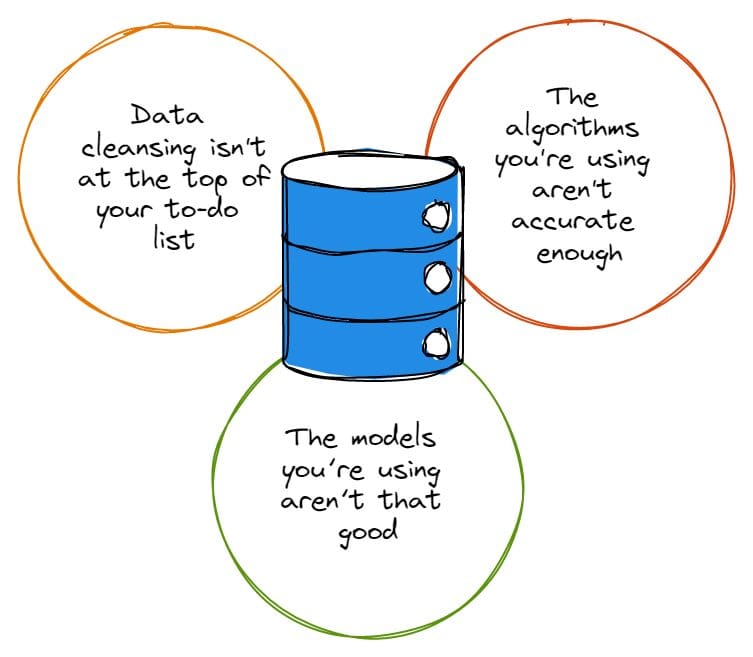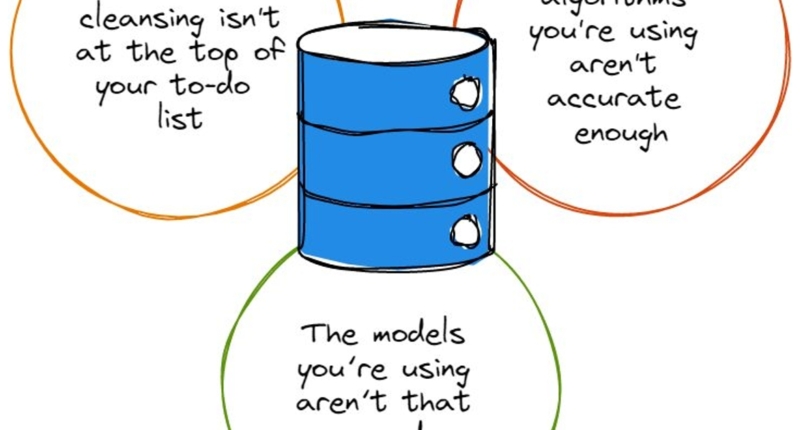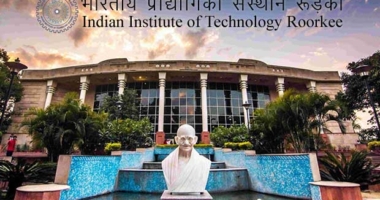Data analysis is a critical component of decision-making in today’s digital era. However, many organizations make mistakes when analyzing their data, leading to misleading insights. Two common mistakes that affect data analytics’ accuracy are suboptimal models and imperfect algorithms. To avoid these mistakes, business executives and technical leaders must engage their data analysis experts to create models that are neither too complicated nor too simple. Moreover, business leaders should avoid bias, which is one of the greatest hurdles to maintaining the accuracy of data analytics. Biases can influence the type of data collected or impact the way business leaders interpret data. Therefore, executives need to identify their biases and forgo them to benefit from consistently accurate data analytics. Overall, accurate data analytics are crucial to ensure reliable and useful insights. By avoiding these common mistakes, organizations can gain better insights and make informed decisions.
Top Three Mistakes that Affect Data Analytics’ Accuracy

In 2023, most businesses in various industries are utilizing big data to make better decisions. Big data is a valuable tool that allows companies to gather, categorize, and analyze vast sets of data accurately. As organizations increasingly embrace digitization, the importance of data analytics will only continue to grow. However, the accuracy of data analytics is crucial because it determines how useful the insights gained are. Unfortunately, many organizations make mistakes when analyzing their data, which can lead to misleading insights. In this article, we’ll explore the three most common mistakes that affect data analytics’ accuracy and how to avoid them.
Mistake 1: Data Cleaning Isn’t a Priority
Most datasets contain errors, whether they’re typos, naming conventions, or redundancies. These errors compromise the accuracy of data analysis, making it difficult to obtain accurate insights. To avoid such mistakes, it is vital to ensure that data cleansing is at the top of your to-do list. Properly cleansing your data sets is crucial before diving deep into data analytics. Although data cleansing is time-consuming, investing in solutions such as augmented analytics can help accelerate data analysis rate and improve accuracy. However, irrespective of the solution used, the actual cleansing must be done to provide a solid foundation for accurate data analysis.
Mistake 2: Using Inaccurate Algorithms
The algorithms used to analyze data must be accurate, or the insights gained will be misleading. Inaccurate algorithms can occur due to errors in code, choosing the wrong algorithm for a particular analysis, or using algorithms that aren’t suitable for the dataset. Therefore, it is essential to test algorithms rigorously before deploying them to ensure that they are accurate and reliable.
Mistake 3: Not Considering the Context
Context is essential in data analytics because it determines how insights are interpreted. Misinterpreting insights can lead to poor decision-making and inaccurate conclusions. It is essential to consider the context of the data, including the data source, time frame, and industry trends. Contextualizing data helps to avoid misinterpretation of insights and improves the accuracy of data analytics.
Conclusion
In conclusion, data analytics is a valuable tool for organizations that want to make data-driven decisions. However, the accuracy of data analytics is crucial to ensure that insights gained are reliable and useful. Data cleansing, using accurate algorithms, and considering the context of data are critical to improving data analytics’ accuracy. By avoiding these three mistakes, organizations can gain better insights and make better decisions.
Common Mistakes That Affect Data Analytics’ Accuracy
Data analysis is critical for making informed decisions in today’s digital era. However, the accuracy of the insights derived from data analytics is essential for making these decisions. Unfortunately, many organizations make mistakes when analyzing their data, leading to misleading insights. This article highlights two common mistakes that affect data analytics’ accuracy and how to avoid them.
Mistake 1: Imperfect Algorithms
Most algorithms have their fair share of flaws and simply don’t work the way they should every time you use them. Algorithms with a bunch of imperfections can even ignore essential data for your analysis, or they may focus on the wrong kind of data that isn’t important. Even the biggest names in tech are constantly scrutinizing their algorithms and tweaking them to achieve perfection. The more accurate your algorithm is, the greater the guarantee that your programs are accomplishing their goals and doing what you need them to do.
Organizations with data scientists should ensure they regularly update their algorithms, and it may be worthwhile to establish a schedule that holds teams accountable for maintaining and updating their data analysis algorithms following an agreed-upon schedule. Leveraging AI/ML-based algorithms could be even better, as they should be able to automatically update themselves.
Mistake 2: Poor Models
Algorithms are the methods used to analyze data, while models are the computations created by leveraging an algorithm’s output. Algorithms can crunch data all day long, but if their output isn’t going through models designed to check the subsequent analysis, you won’t have any usable or useful insights.
Think of it like this: if you’ve got fancy algorithms crunching data but don’t have any insights to show for it, you’re not going to make data-driven decisions any better than you were before you had those algorithms. To avoid this mistake, organizations need to ensure they have models that can accurately analyze the algorithm’s output to provide useful insights.
Conclusion
In conclusion, the accuracy of data analytics is crucial for organizations to make informed decisions. Imperfect algorithms and poor models can lead to misleading insights and poor decision-making. Organizations should continuously improve their algorithms, regularly update them, and leverage AI/ML-based algorithms. Additionally, models must be capable of accurately analyzing the algorithm’s output to provide useful insights. By avoiding these two mistakes, organizations can gain better insights and make informed decisions.
How to Ensure Accuracy in Data Analytics
Data analysis is a powerful tool that provides valuable insights for business leaders to make informed decisions. However, suboptimal models can ruin even the most sophisticated algorithms’ output. Therefore, it’s crucial that business executives and technical leaders closely engage with their data analysis experts to create models that are neither too complicated nor too simple.
Depending on the volume and type of data they need to handle, business leaders may have to go through several models before settling on one that best suits their needs. Additionally, it’s crucial to avoid bias, which is unfortunately one of the greatest hurdles to maintaining the accuracy of data analytics. Biases can influence the type of data collected or impact the way business leaders interpret data. Therefore, executives need to identify their biases and forgo them to benefit from consistently accurate data analytics.
Conclusion
In conclusion, data is a powerful tool that can transform how businesses develop and deliver products to customers. However, accurate data analytics are crucial to ensure the insights gained are reliable and useful. By engaging data analysis experts to create suboptimal models, avoiding biases, and identifying the models that best suit their needs, businesses can gain better insights and make informed decisions.
Don’t miss interesting posts on Famousbio









